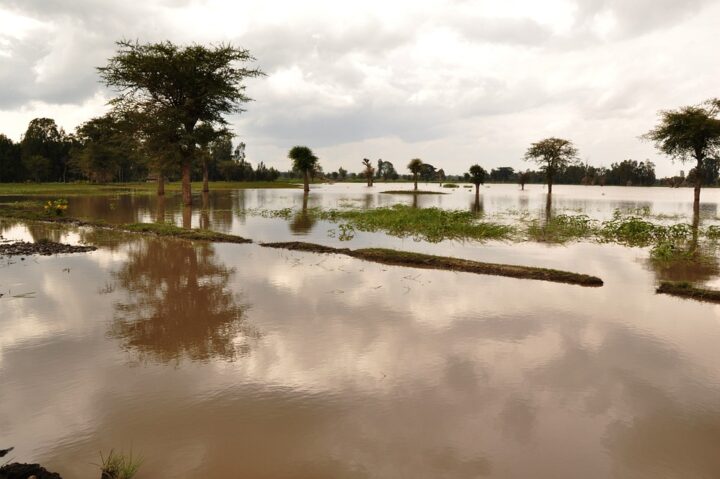The effects of climate change and other environmental risks are becoming increasingly apparent across the globe. From natural disasters like hurricanes and wildfires to gradual shifts in weather patterns and rising sea levels, businesses are facing a wide array of environmental threats that can have serious implications for their operations. In order to protect themselves from potential financial losses, many companies are turning to insurance as a critical tool for mitigating environmental risks.
Insurance can play a crucial role in helping businesses protect themselves from the financial fallout of environmental disasters. By transferring some of the risk to an insurer, companies can ensure that they are not left to bear the full brunt of the costs associated with a catastrophic event. This can provide a level of financial security that is crucial for businesses to weather the storm and continue operating in the face of environmental challenges.
There are several types of insurance policies that can help businesses mitigate environmental risks. For example, property insurance can protect against damage to buildings and equipment caused by natural disasters like hurricanes or floods. Pollution liability insurance can cover the costs of cleaning up environmental contamination caused by a business’s operations. And business interruption insurance can provide financial support in the event that a company is forced to temporarily shut down due to an environmental disaster.
In addition to these traditional insurance policies, some companies are also exploring newer forms of coverage that specifically address environmental risks. For example, parametric insurance is a type of policy that pays out a fixed amount of money based on the occurrence of a specific trigger event, such as a certain level of rainfall or wind speed. This can provide businesses with a quick infusion of cash to help them recover from a disaster without the need for a lengthy claims process.
Insurance companies are also starting to develop more innovative products that can help businesses proactively manage their environmental risks. For example, some insurers offer risk assessment services that can help companies identify potential vulnerabilities and develop strategies to mitigate them. Others are exploring the use of new technologies, such as satellite imagery and sensors, to better understand and monitor environmental risks in real time.
Overall, insurance can be a critical tool for businesses looking to protect themselves from the growing threat of environmental risks. By transferring some of the financial burden to an insurer, companies can ensure that they have the resources they need to recover from a disaster and continue operating in the face of environmental challenges. As the impacts of climate change become more severe, insurance will likely play an increasingly important role in helping businesses navigate the uncertain environmental landscape.





